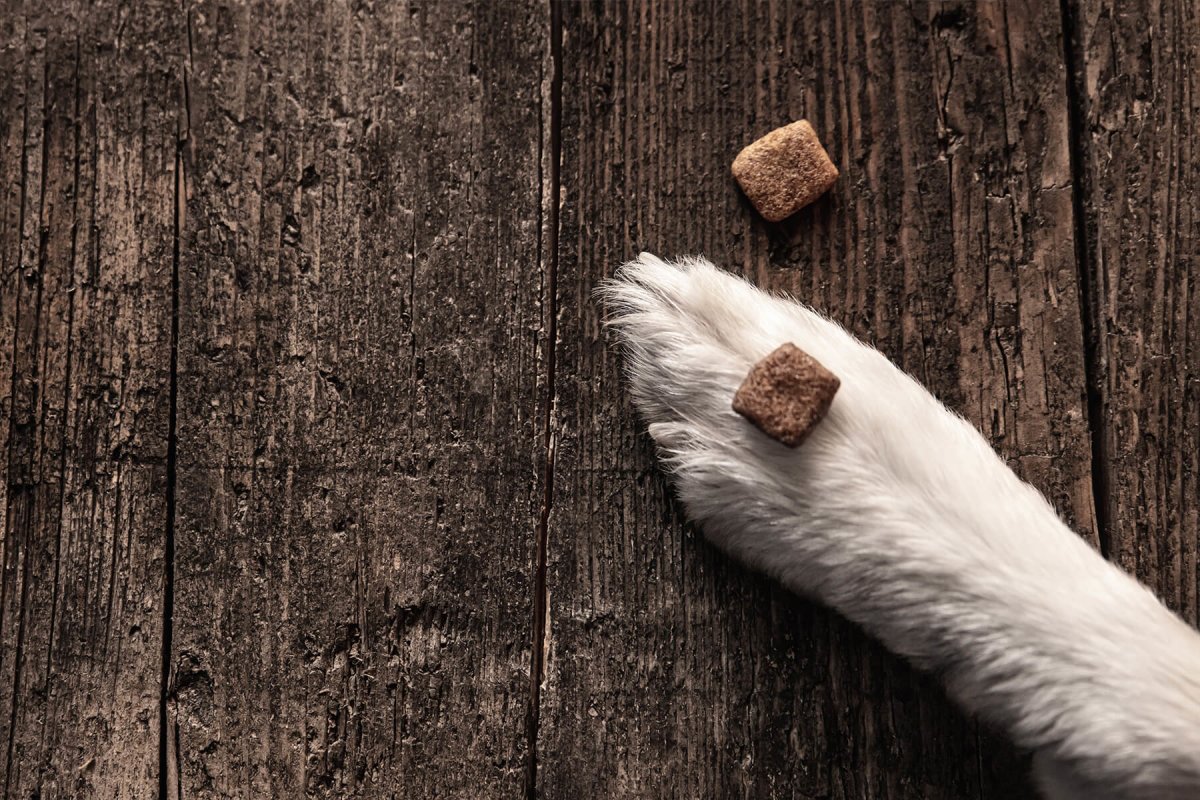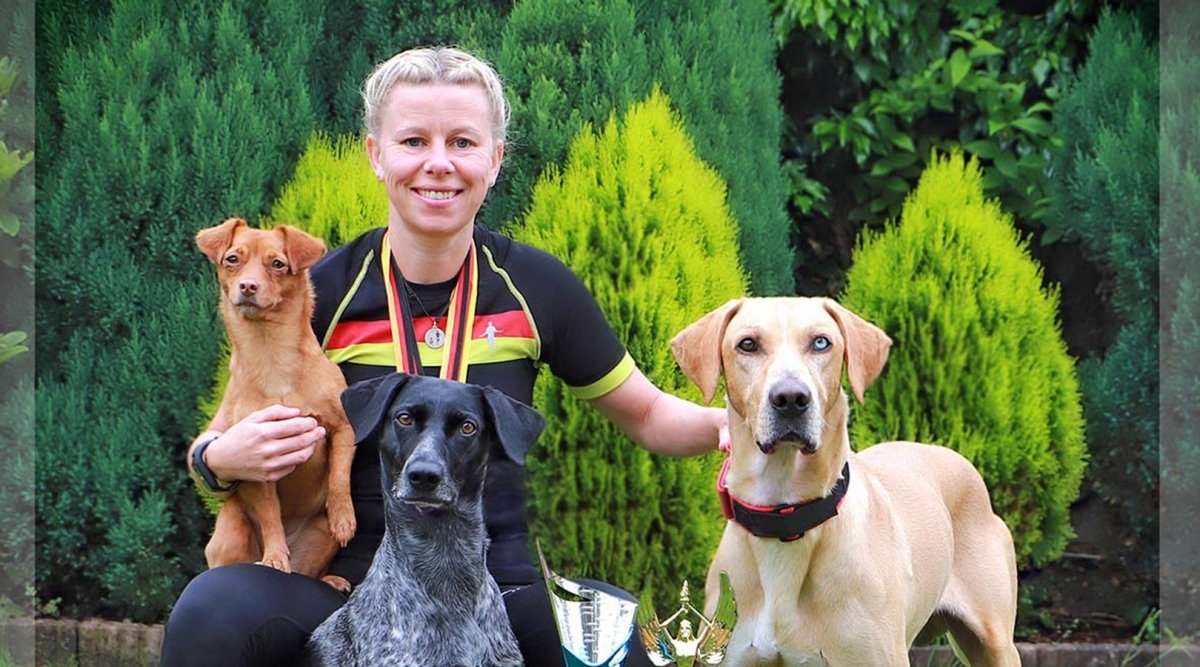Very few dog owners pay much attention to their dog's anal glands - until they cause problems. Yet the glands make an important contribution to communication with other dogs and can put a lot of strain on the dog if problems occur. Our veterinary practitioners and nutritionists reveal how you can prevent discomfort with the anal glands.
How are the anal glands in dogs structured?
To understand how problems with the anal glands can occur, you first need to understand how they are structured and how they work. The anal glands are located to the right and left of the anus (anus) embedded in your dog's sphincter muscles. The 'glandular collecting space' is also known as the anal sac. Anal glands have openings into the intestine and produce a tallow-like secretion, which is excreted with the feces in healthy dogs. This happens via the pressure of the sphincter muscle on the anal sacs. In extremely stressful situations, e.g. when your dog is very frightened, he reflexively empties the anal sacs almost completely.
Anal glands in dogs - what are they for?
The anal glands are used to communicate with other dogs . Dogs perceive the individual and special scent of the secretion when sniffing. The secretions are mainly used to mark the territory and signal readiness to mate by secreting pheromones. We humans find the smell of the secretions extremely foul-smelling.
Properly caring for your dog's anal gland
The first step is to observe your pet closely and at the same time pay attention to the composition of its food: this will help to establish whether the abnormalities in the anal glands are due to feeding or have other causes. You should rule out intolerances. Grain, rice, rumen or puffed stomach, for example, could be the cause of your dog's soft stools.
As a second step, it is often enough to support the production of the anal glands with fiber. Psyllium seeds are highly recommended here: they stimulate your dog's digestion and can make the stool firmer again. Depending on tolerance, you can also mix linseed into the food to relieve your dog's anal glands. Increasing fiber in the form of coconut or carrot flakes can also be helpful. Coconut oil also has a positive effect on the stool and also supports the dog's immune system. However, too much of a good thing can also have the opposite effect and lead to diarrhea. Therefore, use coconut oil sparingly.
Finally, you should consider rehabilitating your dog's intestines. Sometimes it may also be necessary to adjust your dog's diet if the problem with the anal glands is not alleviated by the previous tips.
Why your dog has problems with the anal glands
Your dog's anal glands are decisively influenced by two factors: the consistency of his droppings and the overall condition of his intestines.
Cause: The dog's excrement is too soft
If your dog's excrement is permanently too soft, the anal glands are no longer emptied sufficiently. The pressure required to squeeze out the glands is lacking. As a result, the secretion remains in the anal sacs. However, it continues to be produced. This leads to full anal glands and your dog feels uncomfortable pressure.
The secretions also solidify and the anal glands become blocked. In the worst case scenario, a vicious circle occurs: The solid secretion leads to hard feces, the exits are pressed shut and the emptying of the anal glands is prevented, resulting in more secretion again.

Cause: Acidification of the large intestine
The anal glands also provide information about the condition of the intestines. The anal glands usually go unnoticed when they are doing their work. However, if the colon flora is over-acidified, the anal glands are also flooded with acids and toxins. There are then two possibilities: Either the intestine solves the problem by excreting more feces, or the anal glands become blocked here as well.
Researching the causes of constipation
If the anal glands are regularly blocked, it is worth considering deeper causes in addition to the feces: An intestinal flora check can help to find the possible triggers for the blockage of the anal glands. You can then treat the dysbacteria accordingly or investigate the cause further, including considering an intolerance or allergy.
A difficult solution: expressing the anal glands
To escape the cycle, the anal glands are often forcibly expressed in such cases. However, this is not good for the sensitive glands, which often release even more secretions in response to this stimulus. You should therefore not have the process done unnecessarily often so as not to cause chronic suffering in your dog.
Symptoms of anal gland problems in your dog
There are various signs of blocked anal glands in dogs. These vary from dog to dog. However, so-called sledging is very typical. This involves the dog rubbing the gland on the floor and moving around. This strange form of locomotion is caused by severe itching and the mechanical rubbing provides relief.
The itching also causes your dog to frequently lick and nibble the back area. Sometimes it can become a real nibbling attack with frantic movements, biting, nibbling and licking. If you observe these symptoms in your four-legged friend, you should think about caring for his anal gland.




